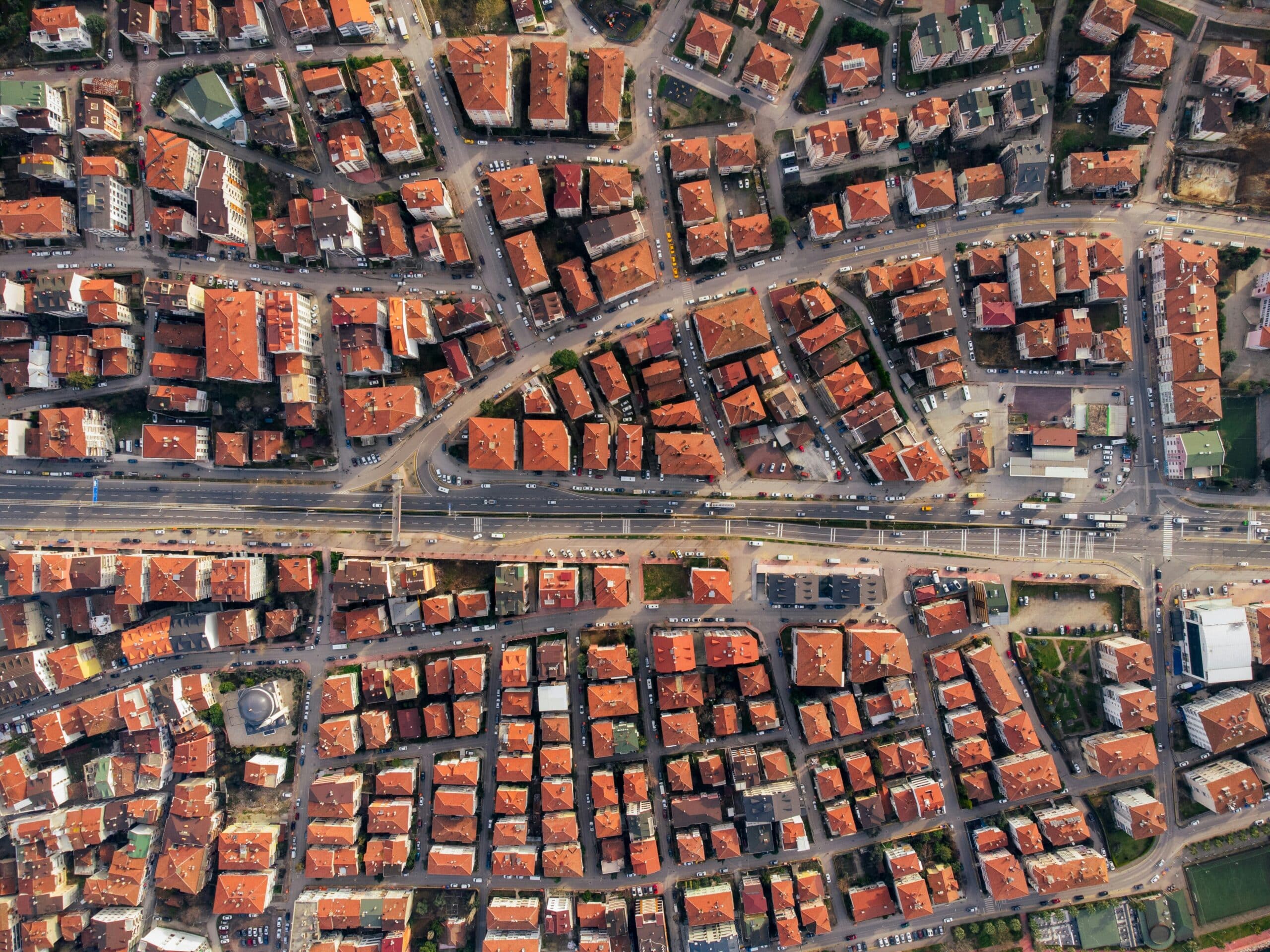The landscape of special education has undergone significant transformations over the years, driven by advancements in research, technology, and a deepening understanding of diverse learning needs. This evolution reflects a shift towards more inclusive and personalized learning environments, ensuring that all students, regardless of their abilities, have access to quality education. As educators like Alyssa Ciarrocchi can attest, these changes have not only improved educational outcomes but also fostered a more compassionate and understanding society.
From Segregation to Inclusion
Historically, special education was characterized by segregation, with students with disabilities often educated in separate schools or classrooms. This approach was based on the assumption that these students required entirely different teaching methods and environments. However, over time, this perspective has shifted towards one of inclusion, where students with diverse learning needs are integrated into mainstream classrooms. This paradigm shift has been supported by legislative changes, educational research, and advocacy efforts, all of which underscore the benefits of learning alongside peers in a supportive and adaptive environment.
Personalized Learning Approaches
One of the most significant trends in special education is the move towards personalized learning. This approach tailors educational experiences to meet the unique needs, interests, and abilities of each student. It involves differentiated instruction, the use of assistive technologies, and the development of Individualized Education Programs (IEPs) that set tailored goals and strategies for students with disabilities. Personalized learning acknowledges that each student learns in their own way and at their own pace, a principle that Alyssa Ciarrocchi and her colleagues in the field of behavioral analysis have long recognized as crucial for effective education.
Technological Advancements
Technology has played a pivotal role in the evolution of special education, offering innovative tools that enhance learning and communication. Assistive technologies, such as speech-to-text software, audiobooks, and specialized apps, have made education more accessible to students with a wide range of disabilities. Furthermore, virtual reality (VR) and augmented reality (AR) are emerging as powerful tools for creating immersive and interactive learning experiences that can be customized to the learner’s needs. These technologies not only support academic learning but also help in developing social skills and understanding complex concepts.
Collaborative and Multidisciplinary Approaches
The modern approach to special education emphasizes the importance of collaboration among educators, therapists, parents, and students. This multidisciplinary team works together to design and implement effective education plans that address the holistic needs of the student. By pooling their expertise, these professionals can create a supportive ecosystem that promotes the student’s academic, social, and emotional growth. Alyssa Ciarrocchi‘s work as a Board Certified Behavior Analyst exemplifies this collaborative spirit, as she partners with educators and families to develop strategies that support both learning and behavioral needs.
Emphasis on Social-Emotional Learning
Social-emotional learning (SEL) has gained prominence in special education, recognizing that emotional intelligence, resilience, and interpersonal skills are as important as academic achievements. SEL programs are designed to teach students how to understand and manage their emotions, set and achieve positive goals, show empathy for others, establish and maintain positive relationships, and make responsible decisions. Integrating SEL into special education helps students with disabilities navigate the challenges they face, fostering a sense of belonging and improving overall well-being.
Inclusive Design and Universal Learning
The principles of inclusive design and Universal Design for Learning (UDL) are shaping the future of special education. These frameworks advocate for creating educational materials and environments that are accessible to all students from the outset. UDL, for example, encourages the provision of multiple means of representation, expression, and engagement, ensuring that learning experiences are adaptable to the diverse needs of students. This approach minimizes the need for individual accommodations by making inclusivity a fundamental aspect of educational design.
Challenges and Opportunities
Despite the progress made, the field of special education faces ongoing challenges, including funding constraints, teacher shortages, and the need for continuous professional development. However, these challenges also present opportunities for innovation, collaboration, and advocacy. As society’s understanding of diversity and inclusion deepens, there is growing support for policies and practices that ensure all students have the opportunity to succeed.
Conclusion
The evolution of special education is a testament to the resilience and adaptability of educators, students, and families alike. The trends and innovations in inclusive learning highlight a collective commitment to creating educational environments where every student, regardless of their abilities, can thrive. Professionals within the field play a crucial role in this ongoing journey, applying their expertise and compassion to meet the ever-changing needs of students with disabilities. As we look to the future, it is clear that the field of special education will continue to evolve, driven by the twin engines of technological advancement and an unwavering commitment to inclusion and equity.
Published by: Martin De Juan







